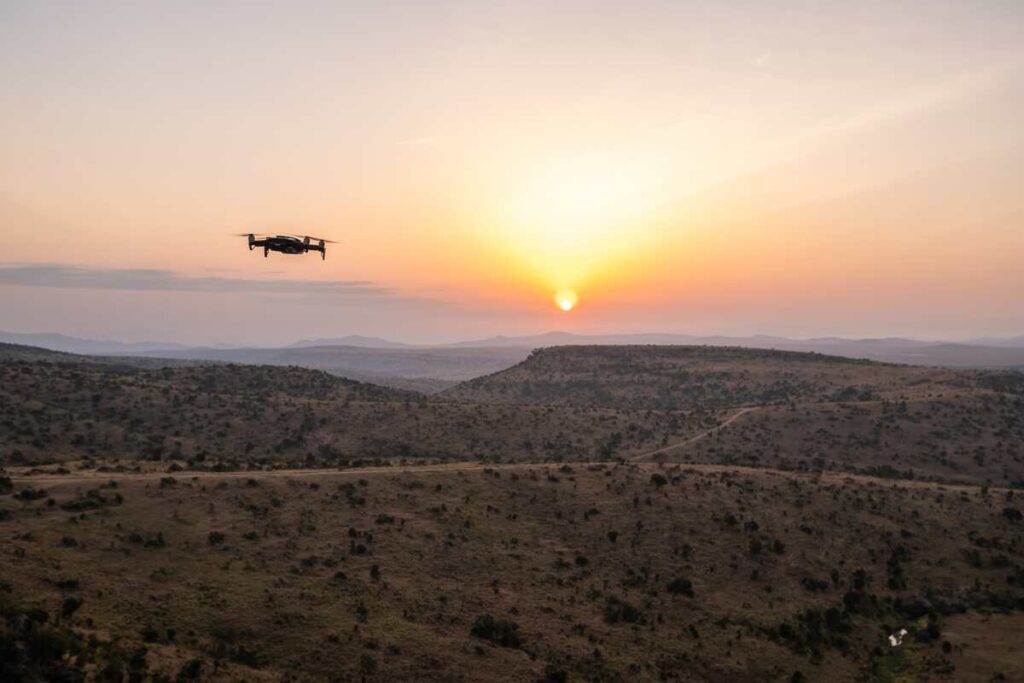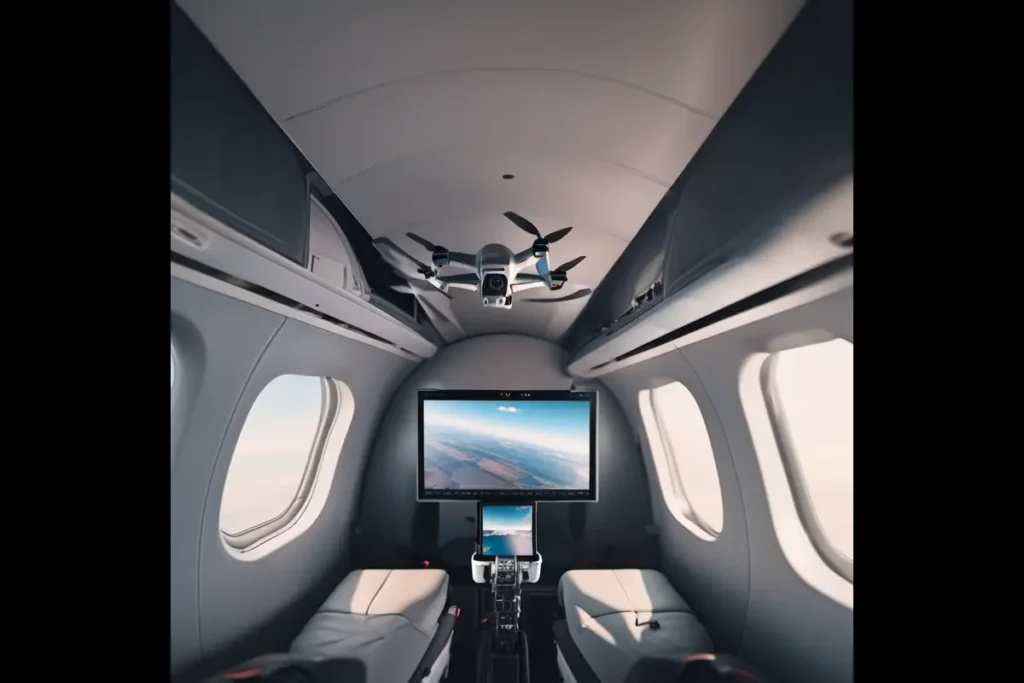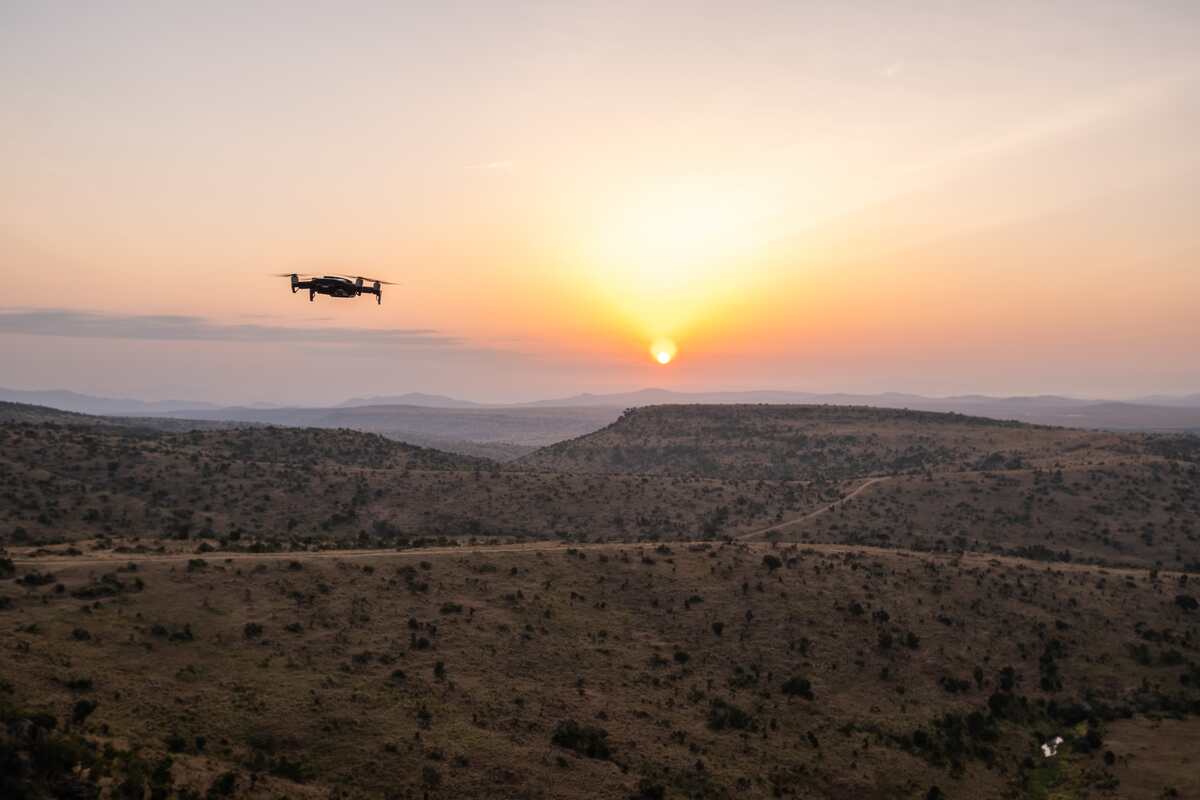Brushless Motor kv Explained
Understanding the speed control of brushless motors through kv.
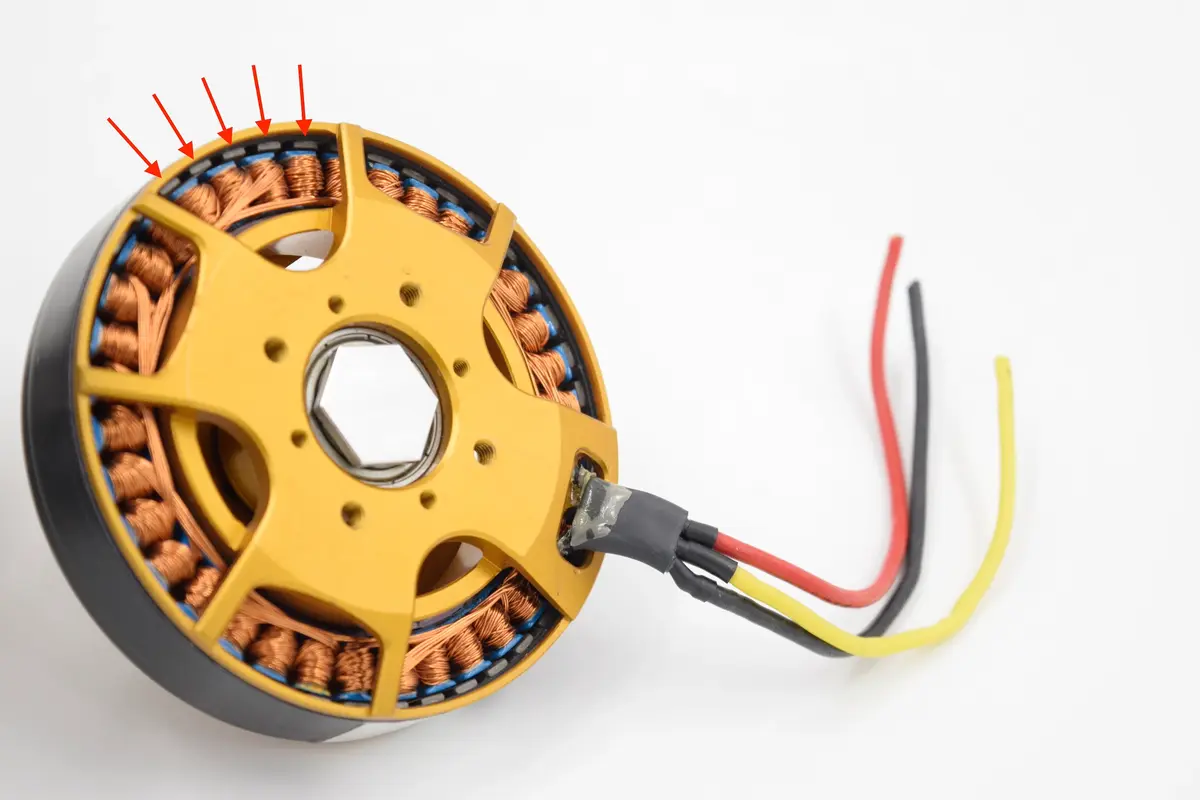
Image Credits: Tyto Robotics
For those who are interested in the world of drones, understanding the secrets of those spinning motors is crucial. It is a fundamental factor in achieving the flight performance you desire. And when you are researching these motors, there is one term that would constantly pop up, i.e., brushless motor KV.
Now you must be asking yourself, what exactly is a brushless motoren KV? And how does a brushless motor KV rating impact a drone’s ability to take flight? Here, we will answer this and more.
What does KV mean in RC motors?
KV is an abbreviation for the term ‘K Velocity’. It basically tells you how many revolutions per minute (RPM) the motor spins for each voltage (V) applied. Note that it is an ideal scenario when there is no load attached. It also means that a higher KV motor will spin faster than a lower KV motor when powered by the same voltage.
The simplest way to remember KV motor rating is to think of it as a speedometer. It is all about speed. It does not tell you about how powerful the motor is or how much weight it can lift.
KV, Size & Torque: What Are The Relationship Between Them
When it comes to picking the ideal brushless motor, you need to understand how the size, KV, and even the torque interacts with each other. Each factors plays a crucial role in determining your drone’s performance characteristics.
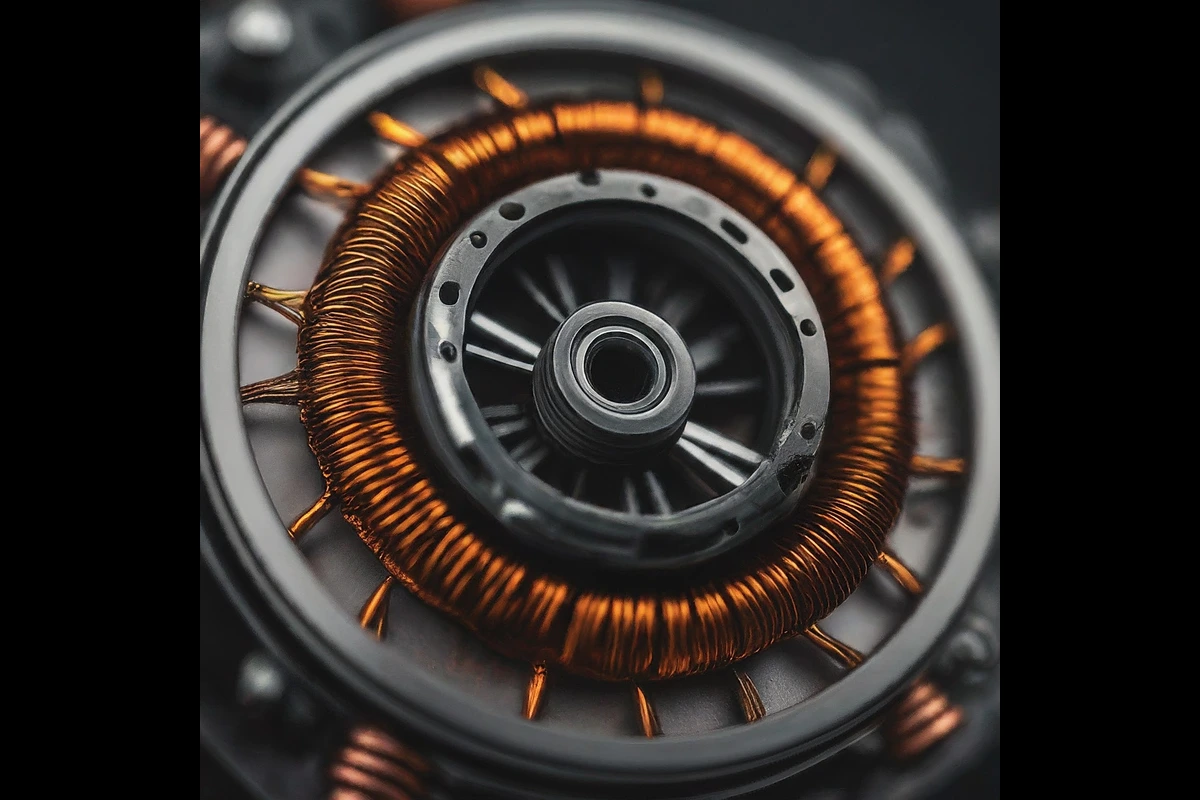
Image Credits: Google Gemini
Motor Size & Torque
Brushless motors are often labeled with a 4-digit code. The first two digits of the 4-digit code are used to represent the stator width and the last two its height. Note that the large stators generally translate into a motor with higher torque potential. This extra torque is essential for applications where the drone needs to lift more weight or spin large propellers.
KV & Torque
Both of these rated KV motors are extensively used in drones. A high KV motor is ideal for racing, whereas a low motor KV rating is better suited for a heavy-lift drone, which is designed to carry a camera or other payload.
How to Choose the Right KV
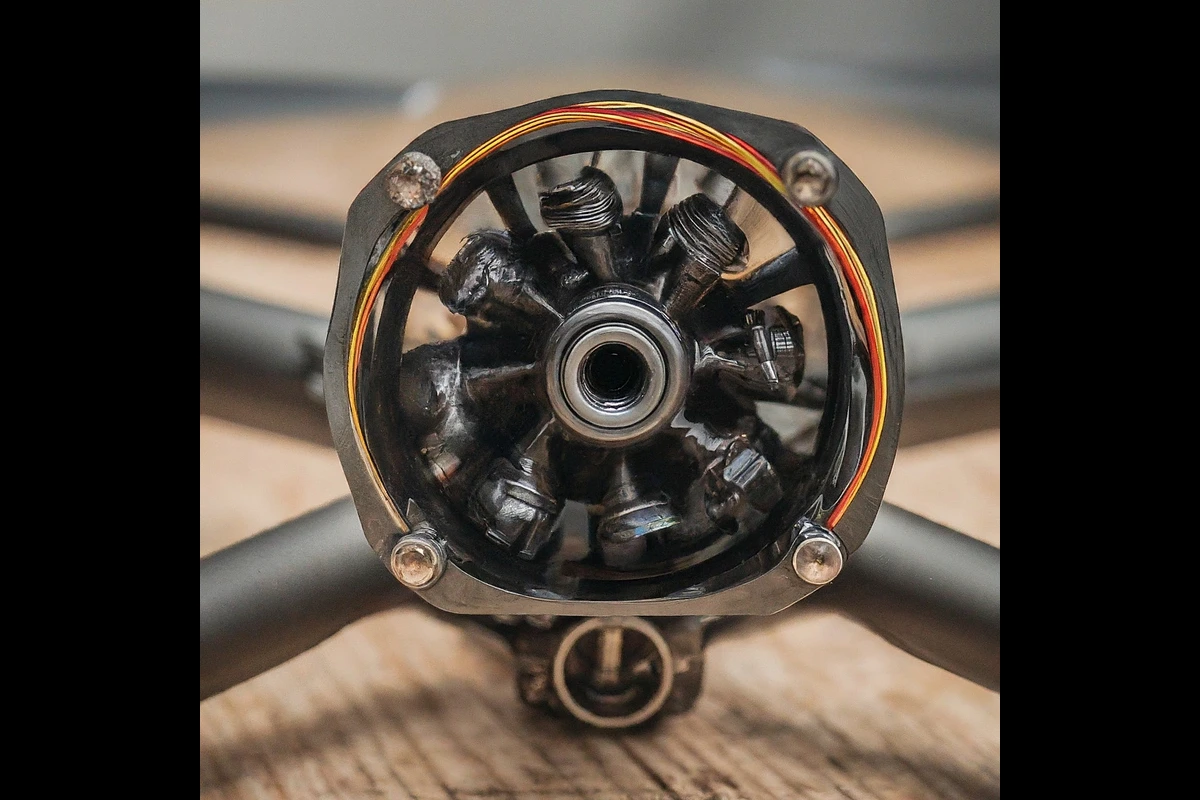
Image Credits: Google Gemini
Now that we have covered the basics of KV and even the relationship between KV, Motor Size, & Torque, it is time to put our knowledge into practice. Here are some general guidance that you must follow to choose the right KV for your drone:
- Need for Speed
The first consideration that you need to keep in mind is whether you are building a drone for racing. Even if your priority is agility with your drone drive, you need to opt for a motor KV with a rating on the higher end. These motors will pair well with smaller propellers. The end result is a lightweight and super-responsive setup with a higher brushless motor KV.
- Heavy Lifting
Now if the intended purpose of your drone is to carry payloads – and this payload can be cameras, sensors, or even delivery package – then lower brushless motoren KV is the way to go. Motors that ranks on the lower end of the brushless motor KV chart have increased torque which allows them to efficiently handle larger propellers and the additional weight.
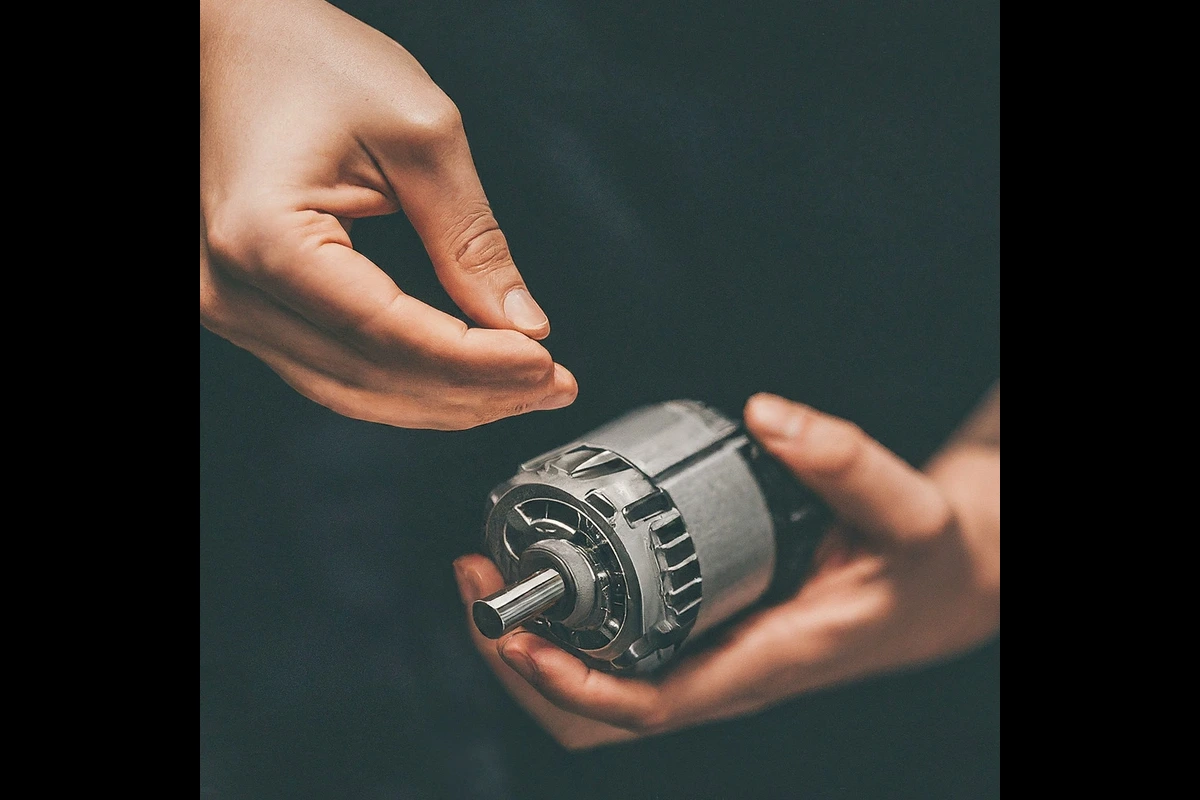
Image Credits: Google Gemini
FAQ’s
1. Is a higher KV brushless motor better?
This is a common misconception out there. Just because the brushless motor KV rating is higher, it does not mean it is better. It simply indicates that the drone is faster. High KV is better for drones that prioritize speed & ability, often using smaller propellers.
2. How many KV is a 13.5 T motor?
A 13.5 T motor likely falls in the range of 2500 to 3000 KV, but do keep in mind that KV can vary between manufacturers and even specific motor motels. Also, do note that there is no direct conversion between turns (T) and KV in brushless motors.
3. What does 1000 KV motor mean?
A 1000 KV motor means that, with no load attached to it, it will spin at 1000 revolutions per minute for every volt of energy applied to it. Take this instance for a simpler understanding – a 4S battery (roughly 14.8V) would spin the motor up to 14,8000 RPM.
4. Does more KV mean more torque?
No, it is actually the opposite! Higher KV motors generally have less torque (i.e., the turning force). On the other hand, Lower KV motors produce higher torque. This is a trade-off that you need to keep in mind when you are choosing a motor, as you would need enough torque to spin the propellor in your drone.
Why trust Brownspace?
At Brownspace, we write about what matters most to the audience. We do well-researched work to provide in-depth knowledge of drones. Additionally, we interview people using drones to ensure the credibility of the drones used and offer real-life user experience to our readers.
Share on...

Hi, drone enthusiasts! Born with a natural curiosity for the skies, I developed a love for drones early in life. I began flying drones in 2017 and have since piloted some of the best drones available, such as the Yuneec Typhoon, DJI Mini, Mavic Pro, Hover Camera, and Phantom 3. With passion for drones and expertise gained over the years, I would love to share my knowledge of drones at Brownspace. Stay tuned for an insider’s perspective about drones.



